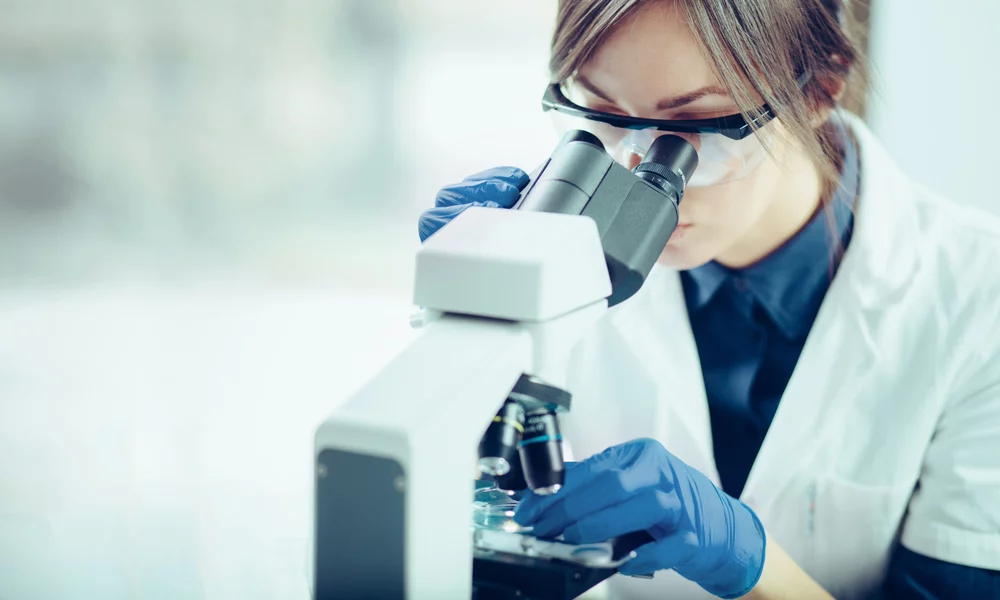A liver biopsy is a test that your doctor uses to look for signs of liver disease and other problems. Abnormal cells, elevated liver enzymes and liver disease are all things that a liver biopsy can detect. While it may seem a little scary to think about, it’s a procedure that can help save lives. Early detection of liver problems can often make all the difference.
Your doctor can prescribe you a liver biopsy for many reasons, so there is no need to worry. However if you’re still curious about the procedure for a liver biopsy, we’ve gathered a few fast facts to help educate you and put your mind at ease.
Are there different kinds of liver biopsy procedures?
Doctors actually use three different kinds of procedures when performing a liver biopsy. Each procedure is designed to help your doctor take a sample of tissue from the liver. Looking at your tissue under a microscope will help determine if there are any liver problems that you or your doctor need to address. The three kinds of procedures your doctor may use during a liver biopsy include:
- Percutaneous — This is the most common kind of liver biopsy procedure. Your doctor will use a thin needle inserted into the abdomen to collect a sample of tissue from the liver.
- Laparoscopic — During this procedure, your doctor collects the sample through a small incision in the abdomen using thin, flexible tubes.
- Transjugular — This method of liver biopsy is less common. It is usually only used for people who have bleeding disorders. During this procedure, a flexible tube is inserted through the neck vein and into the liver.
Do liver biopsy procedures hurt?
When your doctor is getting ready for your biopsy procedure, they will give you a local anesthesia to numb the area of your body where they will perform the procedure. You might feel a little sting from the anesthesia needle, but you won’t feel any pain at all during your biopsy.
If you are undergoing a laparoscopic or transjugular biopsy, then your doctor will give you a general anesthetic using either an IV needle or with a respiratory mask. This will make you fall asleep completely, and you won’t wake up until the procedure is over. Sometimes general anesthesia will make you feel groggy or dizzy when you wake up, so it’s a good idea to have a friend or family member drive you home.
How long does a liver biopsy take?
You may be surprised to learn that a liver biopsy procedure usually only takes about five minutes. That’s quick! However, most doctors will ask you to lie on the bed for about two hours after they are finished with the procedure. This gives your body enough time to rest and heal before you go home.
Where can I go if I need a liver biopsy?
If you are worried about your liver health, don’t wait. Visit an expert in digestive health who can help you address your concerns and determine the right kinds of treatment for your needs. Our team of board-certified colorectal, gastrointestinal and liver care experts at the Digestive Health Institute is ready to help.
We are focused on providing the highest level of quality care to our patients no matter what their level of gastrointestinal needs — from a liver biopsy to advanced surgeries. Our well-trained, professional, and compassionate staff want to help every patient receive the highest standard of care and the peace of mind they deserve.
Contact our team today for more information about liver biopsies or other procedures we offer or to schedule an initial appointment.

